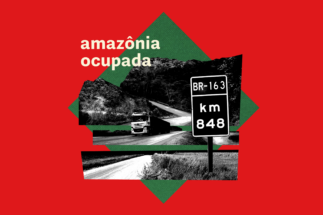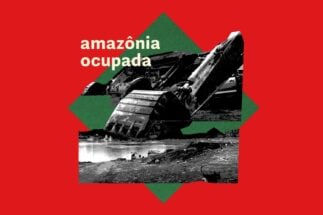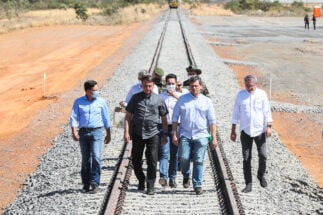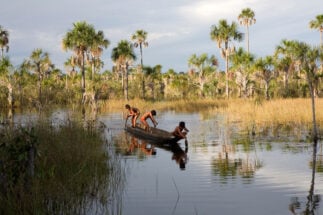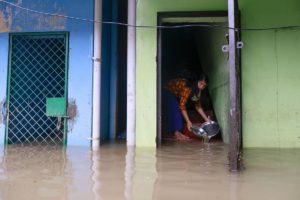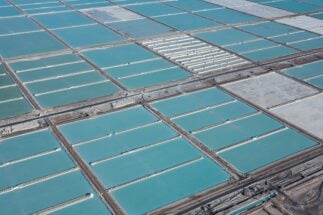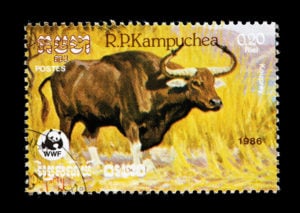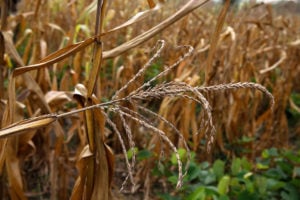Guarantã do Norte, a rural municipality, in the north of Brazil’s Mato Grosso state, is home to 36,000 people and 245,000 head of cattle, according to official statistics. With cows outnumbering humans six to one, the pastures on which they live have expanded to take up almost half the area of the town, founded just 40 years ago by immigrants answering the call of the country’s military government to occupy the Amazon.
Editor’s note
This article is a summary of episode two of Amazônia Ocupada, a new podcast series from Diálogo Chino, available in Portuguese only. Listen here.
Seen from above, Guarantã is a mosaic of neatly divided patches of green and brown: the native Amazon forest and deforested fields. In time, it may end up looking similar to municipalities further south in Mato Grosso, where occupation and exploitation of lands began a few years earlier – in places such as Sinop, Brazil’s “soybean capital”, where little more than a third of original forest cover remains.
Both settlements emerged on the margins of the BR-163, a highway that cuts the country from north to south. The road was built by the military dictatorship (1964-1985) to encourage colonisation of the Amazon, and has since become a vital axis in the distribution of agricultural commodities to foreign markets. The road has served as something of a guiding line for the agricultural frontier as it has advanced northwards through the rainforest.
These lands are those without any sort of status that provides government protection, such as an indigenous territory, or that have not been designated for a rural settlement, for example. Thus, they become the main targets for illegal deforestation in the Amazon, especially in areas where the agricultural frontier is advancing.
“The area is deforested, the remnants of forest are burned and soil is treated so that it can be used to grow grass for cattle. And then the cattle are brought in,” explains Jefferson Almeida, a lawyer and assistant researcher at the Amazon Institute of People and the Environment (Imazon). “The cattle arrive and the trend is to move further and further into areas that still have forest. And with that, this pattern continues. We see deforestation to make way for cattle ‘on loop’.”
Cattle ranching, and its development to become the main driver of deforestation, is explained in the second episode of our new Portuguese-language podcast series Amazônia Ocupada, available from today. Created by Diálogo Chino in partnership with Trovão Mídia, across five episodes, we recount how the world’s largest and most famous forest was colonised for the exploitation of commodities.
Our second stop in the series is Guarantã do Norte, where the main activity is cattle breeding for beef and dairy production. Here, Brazil’s National Institute for Colonisation and Agrarian Reform (INCRA) divided the territory in the early 80s into small lots with the idea of attracting farmers and their families to boost smaller-scale farms.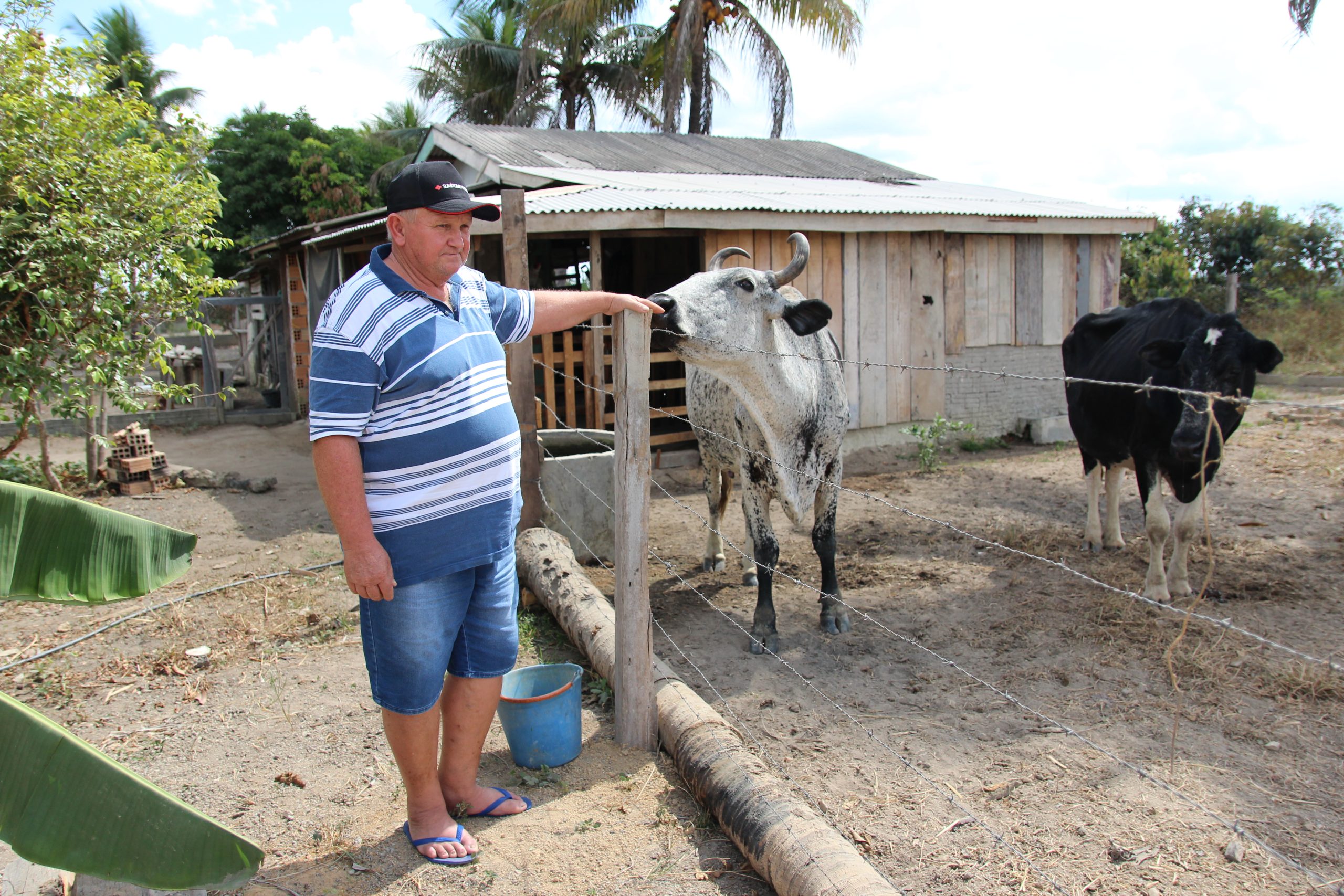
While, on the one hand, the lack of titles causes legal insecurity and local conflicts, on the other, it is also a factor in explaining the profitable expansion of cattle ranching in the Amazon: though it is illegal, the land is cheaper and more accessible. For many, the risk is worthwhile.
The cattle production chain is broad and diverse, and slaughterhouses cannot control all their suppliers. In regions not far from Guarantã, land grabbers invade conservation areas, deforest the land and shuttle heads of cattle to legalised land before sale or to evade inspection – a practice known as cattle laundering.
“The small farmer sells his cattle to a middleman, who buys from everyone to sell to a slaughterhouse,” explains Valter Neves de Moura, a councillor from Guarantã do Norte and a member of the family farmers’ trade union movement.
Thus, even if the cattle have been raised in areas with irregular land tenure or even illegal deforestation, they arrive at the slaughterhouse with a veneer of legality, says Moura.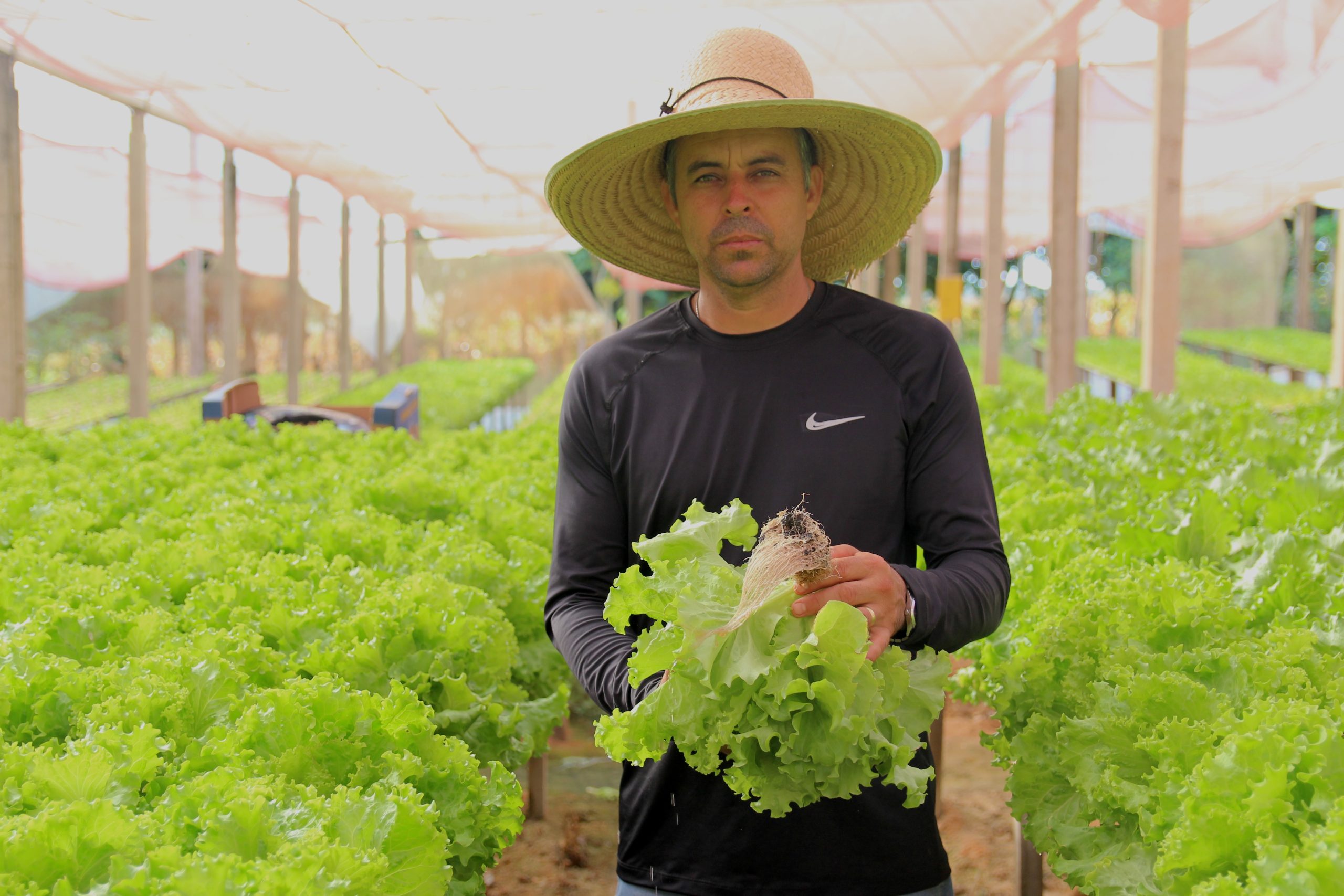
“It’s much more practical for me to have cattle than to work with crops,” says Lucas Pinheiro, a small cattle rancher from Guarantã. “To start in the farming market, you need about 4 or 5 million reais [US$760,000–950,000] available. You need a tractor, a combine harvester… It’s a very high investment… But with that money, you can buy another good piece of land and put more cattle on top of it.”
Pinheiro also says that return on investment from livestock farming is more assured, whether through the sale of milk or cattle to the slaughterhouse.

This favourable situation, however, may have an expiry date. Just like other municipalities on the Amazon’s agricultural frontier, land is disputed, prices increase, and this speculation pushes small producers northwards. “Agribusiness arrives and expels us. It keeps buying, buying, buying, there is no way anyone can be left alone,” says Moura.
This expansion affects not only small farmers and ranchers but also those whose territories are protected by law: the indigenous people who live in the Panará indigenous territory on the edge of the municipality. “We are now facing difficulties with farmers encroaching on indigenous land,” says indigenous leader Krekreansã Panará.
Episode two of Amazônia Ocupada is now available, in Portuguese only, on Spotify, Apple, Amazon and Deezer. Episode three, and the accompanying English article, will be released on Thursday 22 September.

